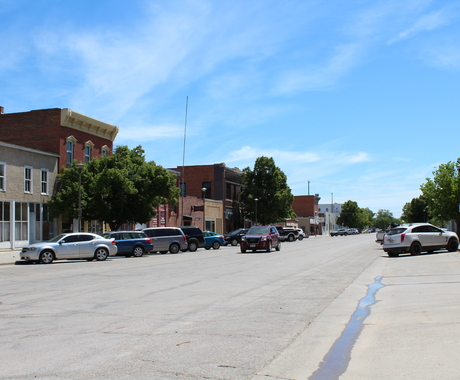By Amy Radding
Affordable workforce housing is an important need in Nebraska. LB 518, the proposed Rural Workforce Housing Investment Act, lays out challenges of limited and aging housing in rural communities; cost and contractor barriers to construction in rural communities; and the negative impact of low housing availability on the ability of employers to bring in and keep the workers they need.
The Rural Workforce Housing Investment Act provides one possible step towards a rural housing solution, although its definition of rural areas is inconsistent with more commonly used measures.
Despite good intentions, LB 518 may oversimplify Nebraska’s housing problems, limiting its effectiveness in meeting rural Nebraska’s workforce housing needs.
Finding housing in communities
According to the 2016 Nebraska Rural Poll, a large portion of rural Nebraskans say there is not enough housing available in their communities. When businesses in rural Nebraska create jobs where there isn't sufficient housing for new workers, it is likely those employers will have difficulty bringing in workers.
Ensuring that rural Nebraskans can live in the communities where they work contributes to the vitality and viability of rural communities. When folks live and work within a rural community, they shop at local businesses, participate in local community organizations, and send their children to local schools. All of these impacts strengthen rural towns. When housing and jobs are available together, as the Rural Workforce Housing Investment Act encourages, growth in job opportunities can be leveraged to benefit the entire community.
Meeting challenges in rural workforce housing
Rural housing must meet the needs of those who seek to live in it. Housing must be affordable, but it must also be desirable. Factors that affect desirability include condition, features, size, location and cost. New, renovated or well-maintained homes are often the most attractive. In rural Nebraska, however, housing stock is aging. The majority of rural Nebraska homes were built before 1960, and a third were built before 1939.
New construction in rural Nebraska has lagged compared to urban areas. LB 518 cites the cost to develop new rural housing can be too high to be recouped, and seeks to address this challenge by lowering the cost and risk associated with developing new rural housing or substantially rehabilitating existing housing. This step is a key component of addressing rural housing challenges, and can help make attractive and affordable housing more available where it is needed.
Considering complications
The proposed Rural Workforce Housing Investment Act defines eligible rural areas as any municipality or unincorporated area in a county with less than 100,000 people. This differs from the more common definition used by USDA, any area except cities or towns with over 50,000 in population and the urbanized area contiguous and adjacent to such places. Using the USDA’s definition would provide consistency.
In addition, the Rural Workforce Housing Investment Act’s approach may oversimplify a complicated housing situation in rural Nebraska. Randy Cantrell, of the University of Nebraska-Lincoln Rural Futures Institute, points out housing availability may be higher in rural communities compared to metropolitan areas, and as demographics shift, even more rural housing may become available. He notes that attracting a world-class workforce may require alternative measures to make existing housing and rural communities more desirable to newcomers.
LB 518 provides for renovation only when the cost to rehabilitate is more than half of the unit’s value. This requirement ignores possibilities to support updating older homes in fair condition, which can make them attractive to an incoming workforce.
Let’s continue the discussion
In seeking to address housing challenges in Nebraska’s rural communities, the proposed Rural Workforce Housing Investment Act raises an important discussion. LB 518 offers steps toward improving rural workforce housing. We hope ongoing efforts will continue to address challenges and solutions regarding housing in rural Nebraska.





